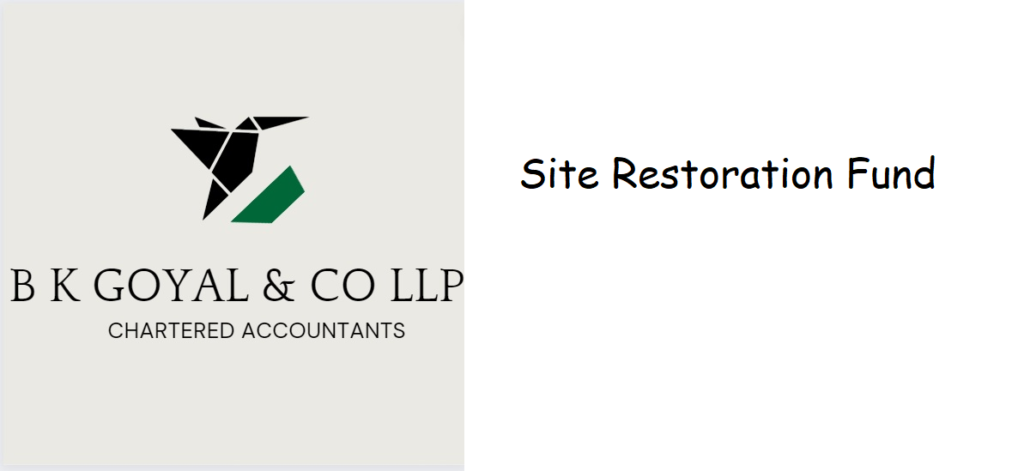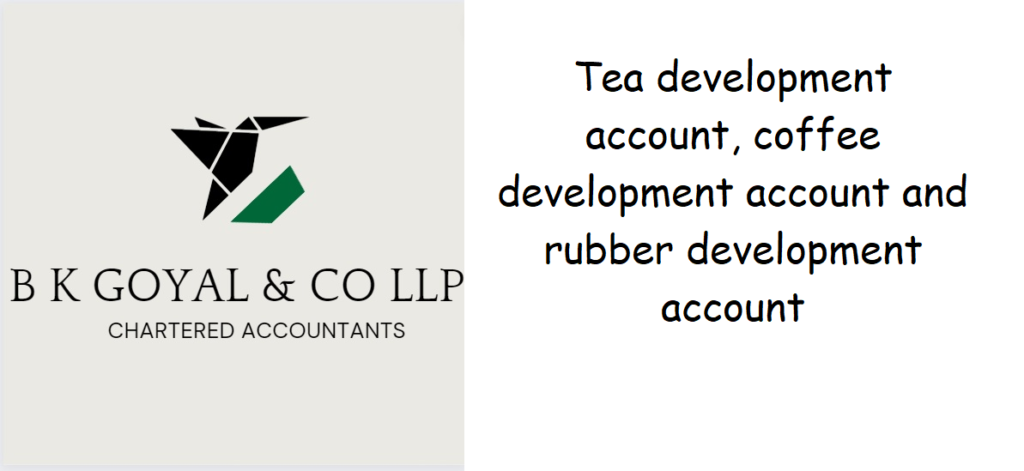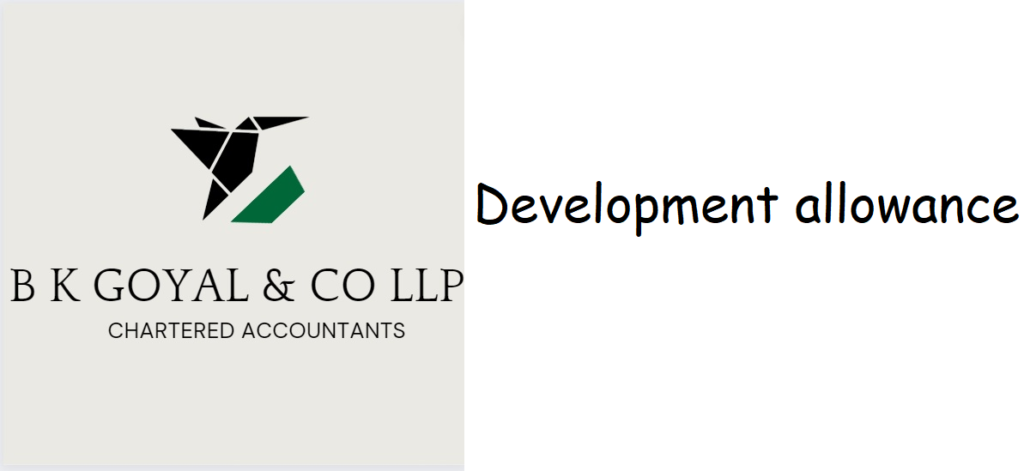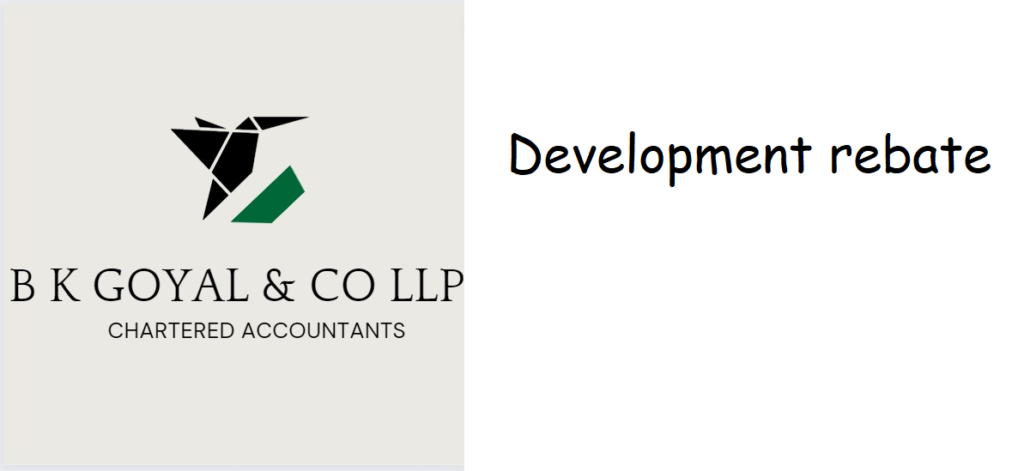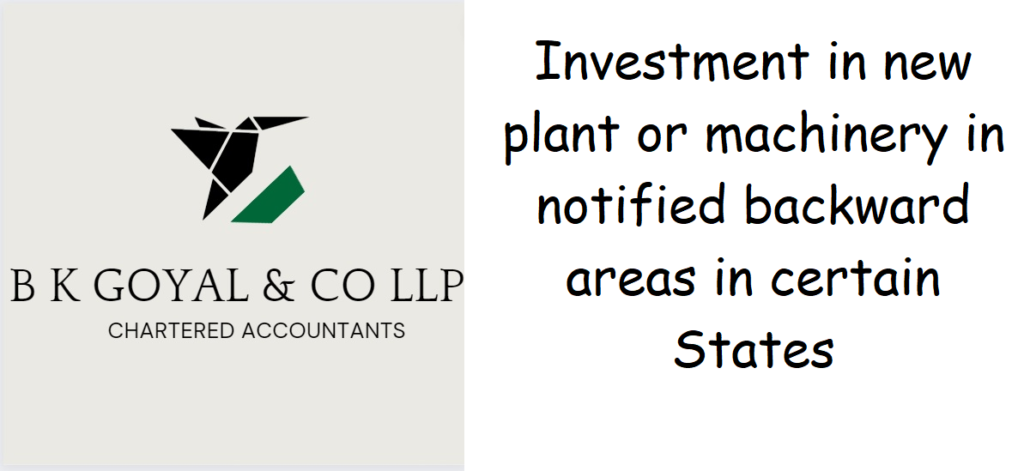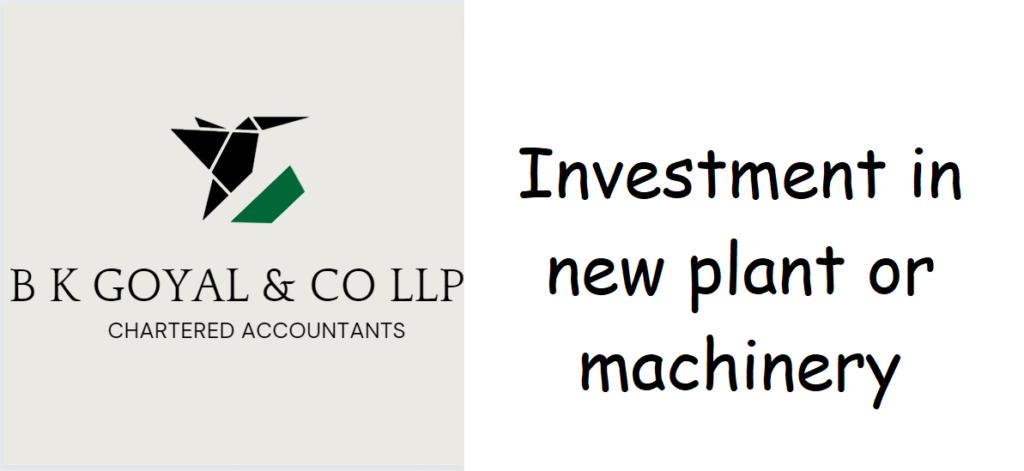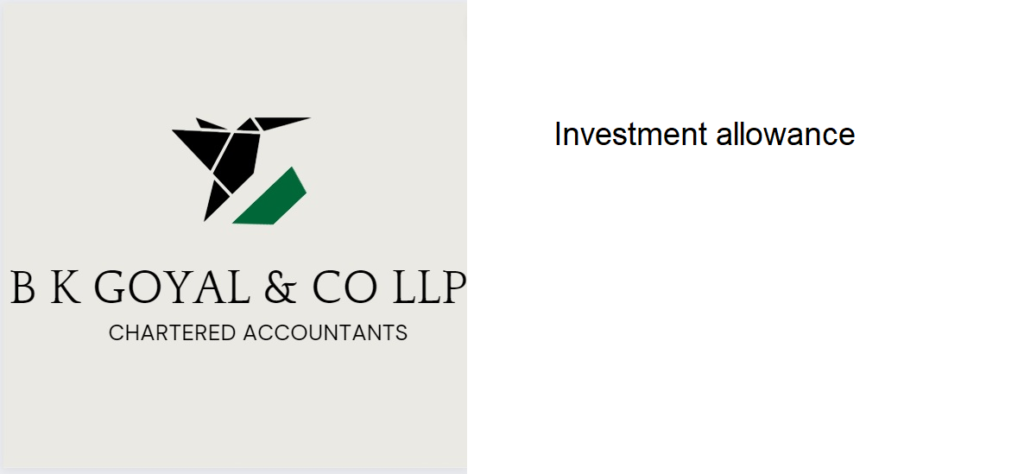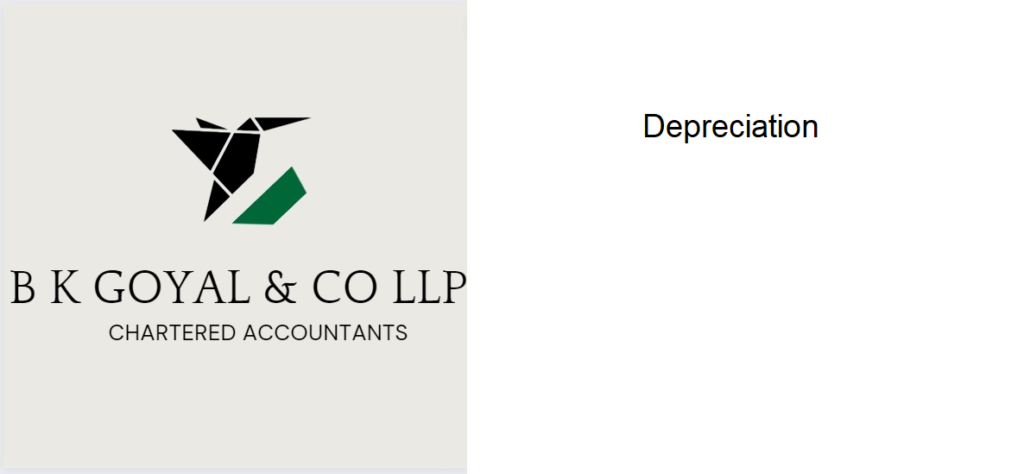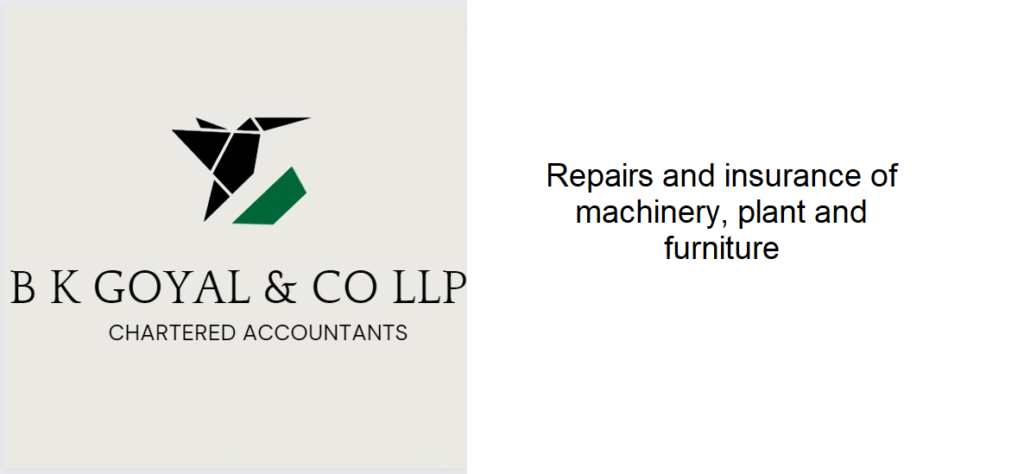Site Restoration Fund
Section 33ABA, of Income Tax Act, 1961 states that (1) Where an assessee is carrying on business consisting of the prospecting for, or extraction or production of, petroleum or natural gas or both in India and in relation to which the Central Government has entered into an agreement with such assessee for such business, has before the end of the previous year— (a) deposited with the State Bank of India any amount or amounts in an account (hereafter in this section referred to as the special account) maintained by the assessee with that Bank in accordance with, and for the purposes specified in, a scheme (hereafter in this section referred to as the scheme) approved in this behalf by the Government of India in the Ministry of Petroleum and Natural Gas; or (b) deposited any amount in an account (hereafter in this section referred to as the Site Restoration Account) opened by the assessee in accordance with, and for the purposes specified in, a scheme framed by the Ministry referred to in clause (a) (hereafter in this section referred to as the deposit scheme), the assessee shall, subject to the provisions of this section, be allowed a deduction (such deduction being allowed before the loss, if any, brought forward from earlier years is set off under section 72) of— (i) a sum equal to the amount or the aggregate of the amounts so deposited; or (ii) a sum equal to twenty per cent of the profits of such business (computed under the head “Profits and gains of business or profession” before making any deduction under this section), whichever is less : Provided that where such assessee is a firm, or any association of persons or any body of individuals, the deduction under this section shall not be allowed in the computation of the income of any partner or, as the case may be, any member of such firm, association of persons or body of individuals : Provided further that where any deduction, in respect of any amount deposited in the special account, or in the Site Restoration Account, has been allowed under this sub-section in any previous year, no deduction shall be allowed in respect of such amount in any other previous year : Provided also that any amount credited in the special account or the Site Restoration Account by way of interest shall be deemed to be a deposit. (2) The deduction under sub-section (1) shall not be admissible unless the accounts of such business of the assessee for the previous year relevant to the assessment year for which the deduction is claimed have been audited by an accountant as defined in the Explanation below sub-section (2) of section 288 31[before the specified date referred to in section 44AB and the assessee furnishes by that date] the report of such audit in the prescribed form32 duly signed and verified by such accountant : Provided that in a case where the assessee is required by or under any other law to get his accounts audited, it shall be sufficient compliance with the provisions of this sub-section if such assessee gets the accounts of such business audited under such law and furnishes the report of the audit as required under such other law and a further report in the form prescribed under this sub-section. (3) Any amount standing to the credit of the assessee in the special account or the Site Restoration Account shall not be allowed to be withdrawn except for the purposes specified in the scheme or, as the case may be, in the deposit scheme. (4) Notwithstanding anything contained in sub-section (3), no deduction under sub-section (1) shall be allowed in respect of any amount utilised for the purchase of— (a) any machinery or plant to be installed in any office premises or residential accommodation, including any accommodation in the nature of a guest-house; (b) any office appliances (not being computers); (c) any machinery or plant, the whole of the actual cost of which is allowed as a deduction (whether by way of depreciation or otherwise) in computing the income chargeable under the head “Profits and gains of business or profession” of any one previous year; (d) any new machinery or plant to be installed in an industrial undertaking for the purposes of business of construction, manufacture or production of any article or thing specified in the list in the Eleventh Schedule. (5) Where any amount standing to the credit of the assessee in the special account or in the Site Restoration Account is withdrawn on closure of the account during any previous year by the assessee, the amount so withdrawn from the account, as reduced by the amount, if any, payable to the Central Government by way of profit or production share as provided in the agreement referred to in section 42, shall be deemed to be the profits and gains of business or profession of that previous year and shall accordingly be chargeable to income-tax as the income of that previous year. Explanation.—Where any amount is withdrawn on closure of the account in a previous year in which the business carried on by the assessee is no longer in existence, the provisions of this sub-section shall apply as if the business is in existence in that previous year. (6) Where any amount standing to the credit of the assessee in the special account or in the Site Restoration Account is utilised by the assessee for the purposes of any expenditure in connection with such business in accordance with the scheme or the deposit scheme, such expenditure shall not be allowed in computing the income chargeable under the head “Profits and gains of business or profession”. (7) Where any amount, standing to the credit of the assessee in the special account or in the Site Restoration Account, which is released during any previous year by the State Bank of India or which is withdrawn by the assessee from the Site Restoration Account for being utilised by the assessee for the purposes of such business in accordance with the scheme
Site Restoration Fund Read More »
